|
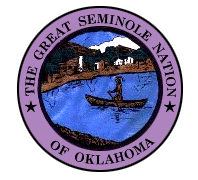

Seminole Nation, I. T.
Gov. John F. Brown
Cemetery
Sasakwa, OK
|

John F. Brown
Cemetery |

Gov. John F. Brown |

Sarah (Curry) Brown |
|

Andrew Jackson Brown
Oklahoma
1st SGT CO G 18 Ammo WWI
May 24, 1889 - May 29, 1958 |
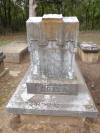
Elizabeth A. Brown
May 19, 1862 - March 27, 1902
(Lizzie Jumper)
Gov. Brown's 1st wife |

Bernice |
|

G. B. S. |
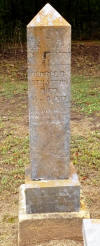
George B. Stratton
d. May 8, 1907 |

Jno. W. Brown
July 16, 1899 |
|
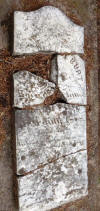
Margaret Burt
1837 - July 1888
Ireland |

Mollie J. Stratton
August 18, 1879 - February 21, 1932 |

Myrtle Howell
September 13, 1898
Infant daughter of
Otis and Jennie Howell |
|

Nancy Howell
November 1839 - July 1920
Wife of Thomas S. Howell |

Ruthie |

Stratton |
|
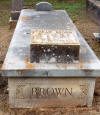
Sarah (Curry) Brown
December 25, 1878 - October 5, 1933
Gov. Brown's 2nd wife |
_small.JPG)
Unknown |
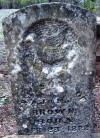
N. J. Brown
23 Apr 1882 - 25 Dec 1882
Son of
Andrew Jackson Brown &
Mamie Lou Jacobs |
|
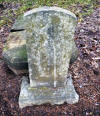
Unknown |

Cemetery location |

Root Cellar
(close to cemetery) |
|
 |
 |
 |
Index

Copyright ©2001-
Present
All Rights Reserved
|